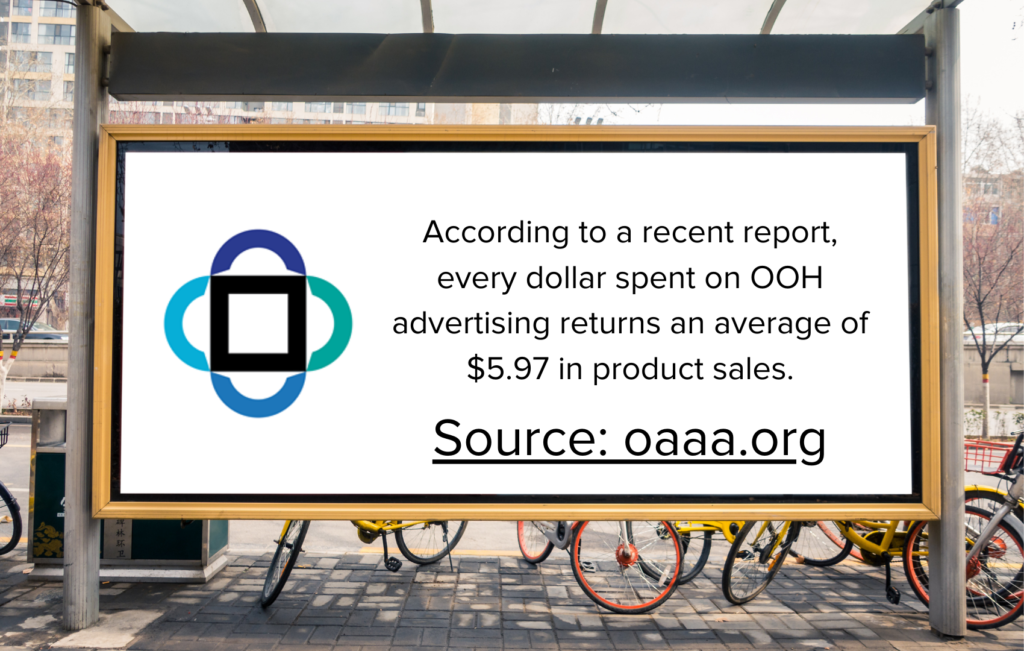It’s the digital age, right? It seems everyone has a teeny tiny computer in their pocket or bag. Smart-phones, tablets, Chromebooks, and then of course a laptop or desktop are in a majority of businesses and households. It’s easy to focus our business-minded brains to automatically turn to what we deem the most prominent social platforms when we’re hashing out our perfect ad campaigns, and that’s ok! But let’s do better! So you have your business Facebook page all set up, and that social media platform is king, right? Well…not really. You can do so much more, and we’ve pulled together some information for you to understand why cross-platform marketing efforts are going to get you a more efficient, more effective ad campaign. Let’s look at why.
Cross-Platform Marketing – Don’t Miss Out on Entire Target Audiences
Cross-platform marketing strategies combine the efforts of your marketing strategy and utilize multiple digital and traditional platforms and channels to deliver your marketing content to your target audience.
It’s that simple…or is it? There’s a lot of thought and collective effort that goes into executing the perfect ad campaign, so doing thorough and inclusive market research is imperative when diving into an integrated marketing strategy. First, let’s define digital and traditional platforms.
- Digital platforms or channels – These are methods of delivering content online. Your website, blog and insight content, newsletters, subscription lists, social media channels, podcasts, video content – these are examples of digital marketing platforms.
- Traditional platforms or channels – Billboards, direct mail pieces (think postcards, catalogs, coupon sheets), radio ads, TV commercials, print ads (like in newspapers or magazines), direct sales, and even word of mouth, are what we think of when we consider traditional marketing channels or platforms.

OOH marketing means “Out of home”, or any delivery method that your consumer comes in contact outside their own home. One form of traditional OOH advertising to use in your multichannel marketing efforts comes in the form of billboards and print ads. Don’t miss out on these traditional avenues – in truth, using digital marketing in conjunction with direct mail marketing lifts ROI on average of 60%!
Employing 2 or more of any of these given platforms or channels is, in fact, considered cross-platform, or multichannel marketing. If your business sends out a weekly newsletter, is active on social, and utilizes a direct mail service to deliver quality print mailers, that’s cross-platform marketing! The real question now is: are you maximizing your reach, and could you spread your reach even farther by analyzing more platforms and their potential for your business? The answer is probably no; chances are that as a business owner, you’re missing your max potential.
“87% of retail leaders agree omnichannel strategy is critical or very important to business success, but only 8% say they have achieved it.” Research Live 2017
This means even the big dogs aren’t completely satisfied with their multichannel performance and execution. It’s important to note that the more touchpoints your business makes contact with a consumer, the more likely they are to engage, and ultimately purchase your product or services. What’s a touchpoint you ask? A touchpoint is defined as any point of a brand’s interaction with a customer or potential customer at any stage of their consumer journey. A Facebook ad, billboard, radio spot, Google Ad, or direct mail piece all count as one touchpoint. One ad seen twice counts as one touchpoint. The more the merrier, right?
Defining Your Businesses Multichannel Platforms – Which Methods do You Choose?
This is where hours of good, thorough market research come in. If you’ve decided to delegate your marketing strategy and efforts to a marketing firm like Capacity Marketing, these are the details in deliverables to you as a client that should be included in your contract. If you’re flying solo, you can absolutely handle this on your own. Just ensure you give yourself the time to climb down the rabbit hole and examine your options – all of them!
“25% of shoppers have made online purchases while standing in a retailer’s physical store.” – BigCommerce.com
A good marketer or marketing firm is going to dive in and dive deep. They’re going to scour the internet and published marketing research studies. They’ll do hours worth of searches on social media platforms, not only to see what your presence is but also to take a look at what your competitors are doing on which platforms to help elevate their brand. Included in your research should be analytics on consumer trends for your industry, both broad and niche data. Keyword research, or research on search engine traffic based on specific search terms, imagery, video content – you name it. Your business should be evaluating all of these platforms and methods of delivery to discover what methods of content are going to get you the very best ROI.
“Internet Users Have Average of 5.54 Social Media Accounts” – Global Web Index
Now that you (or us…) have completed your extensive industry, market platform, and demographic research, it’s time to choose. But how do you choose? It’s important that you don’t spread your message, or your budget too thin. The wise Hunter S. Thompson once said, “Anything worth doing, is worth doing right.”. If you can’t pull together the time and resources to execute any given channel, it’s better to leave it alone for the time being until you can.

Integrated marketing efforts means connecting with consumers consistently across multiple marketing platforms. It’s not all about digital touchpoints; consider traditional advertising channels to reach your audience for better brand awareness.
Pick the most promising platforms with the best engagement and return on investment. That can be easier said than done, so here are a few factors to consider when trying to decide where to focus your efforts.
- Target Audience Preference – Your research should tell you the kinds of people who want your product or service. It should also tell you how they like to best engage with brands. Don’t ignore this step – it may be tempting to cater to a wider audience in the hopes of reining in some of their spending power, but if a majority of your customers are millennial families, aiming for single, 50-year-old professionals means you’re probably missing your mark.
- Do what your competitors are doing – “Imitation is the best form of flattery,” but that can sometimes be a hard pill to swallow. While you certainly don’t want to copy their branding, watching which platforms they’re utilizing and the type of successful content they’re creating is a great way to decide where to focus your marketing efforts.
- Humanize and connect cohesively – You want to push content that is consistent across all your channels. Brand content consistency with a cohesive message, one that resonates with your audience and lets your audience connect to your brand is pivotal in marketing.
There are many working parts when it comes to the most successful marketing strategies. It’s a lot to put into effect to ensure your efforts resonate with your core audience! Don’t overthink it, and if you’re ready to take the next step and employ the efforts of an inclusive and progressive marketing team to elevate your brand, look no further. Capacity Marketing is on it!